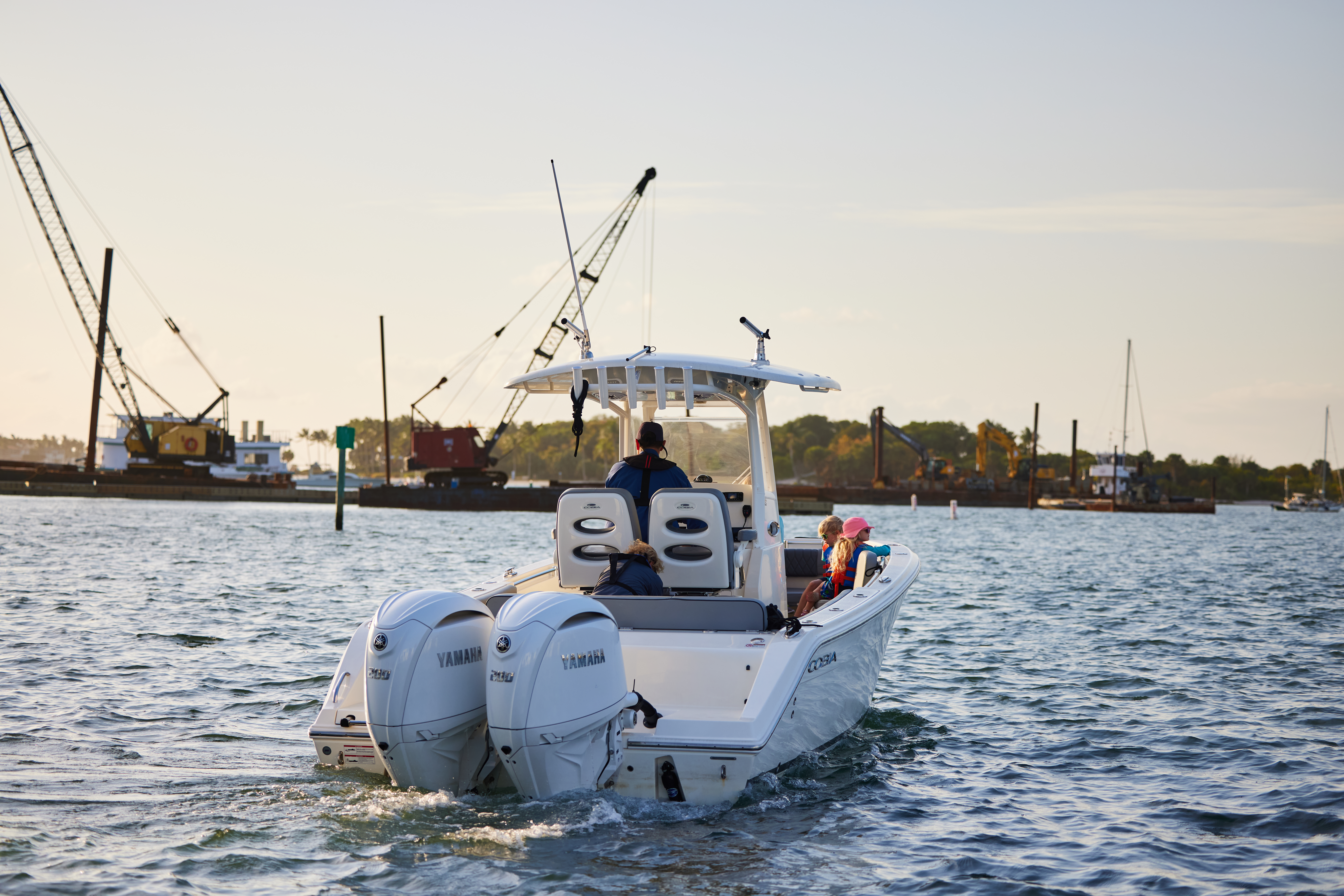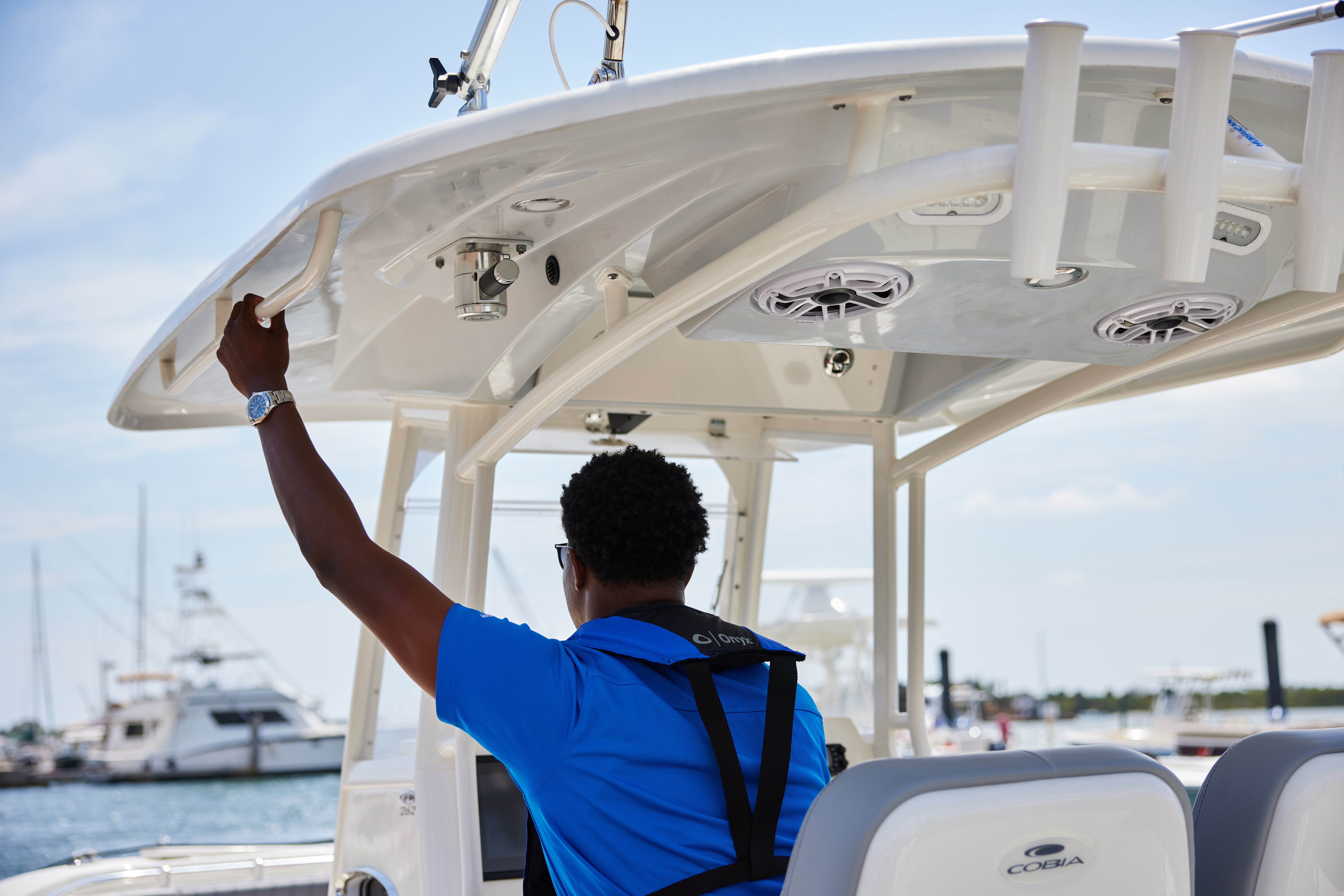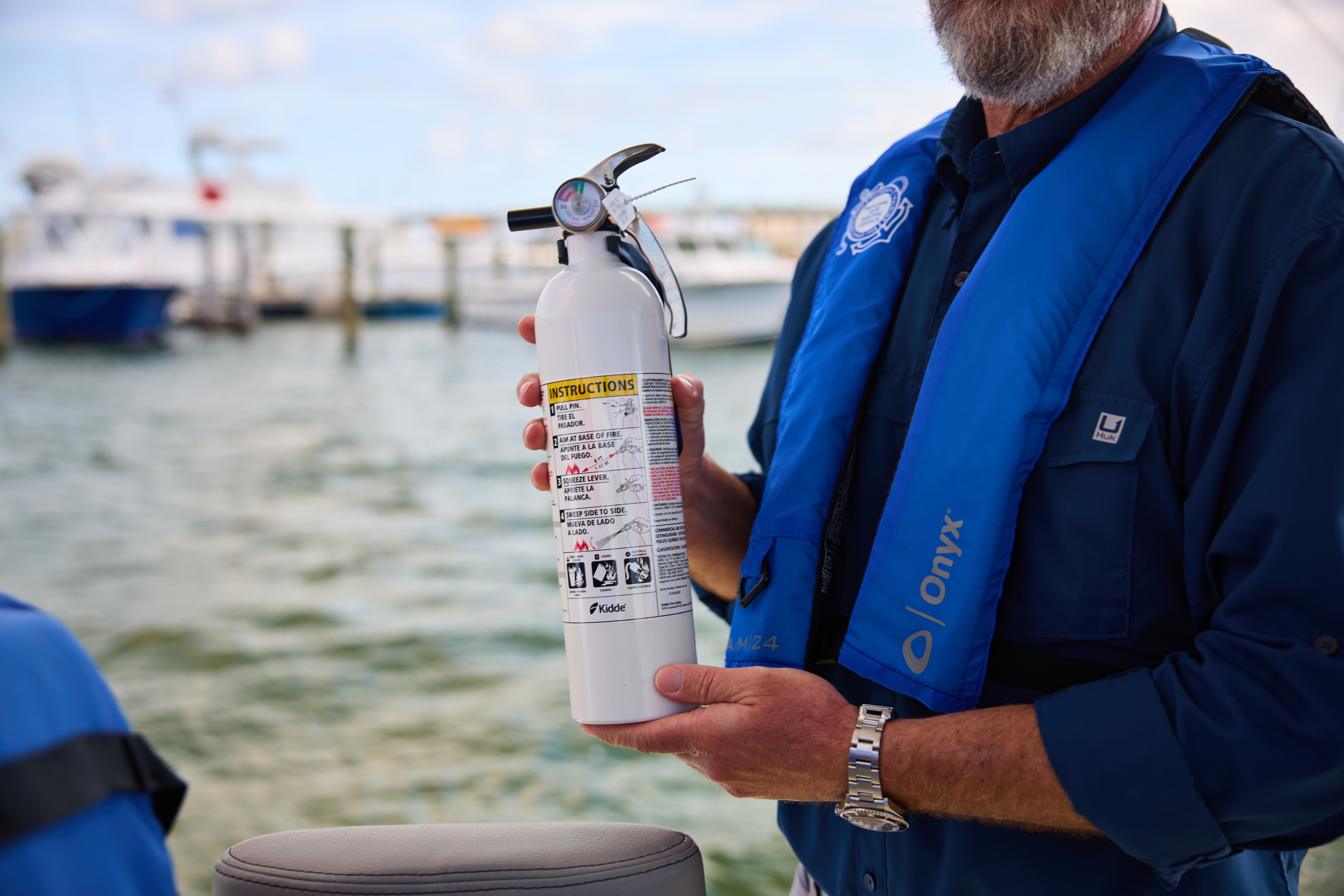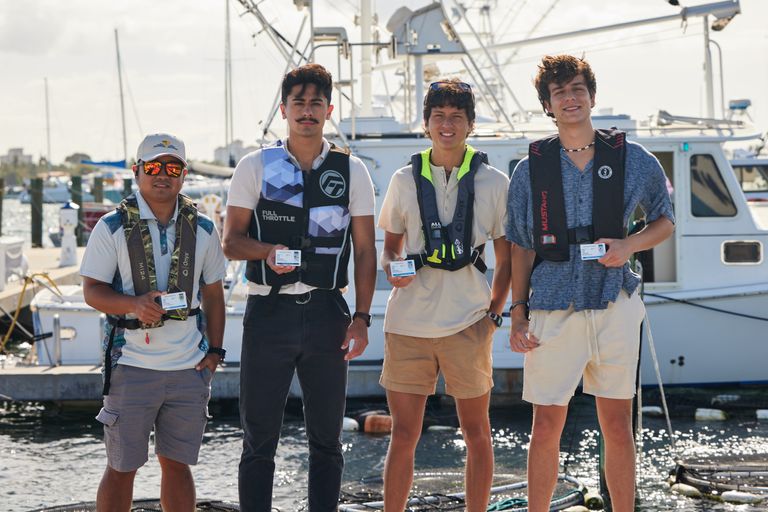A Guide to Ontario Boating Regulations

If you're going boating in Ontario, it's important for you to know about the regulations in that area. That includes what licenses are required and who needs them, how to be prepared for an emergency, what safety equipment you need, whether you need insurance for your boat, and other details.
Here's what to know about Ontario boating regulations so you can be ready for your next adventure on the water.

Licensing and Registration
Everyone who operates a boat on the waterways in and around Ontario must be licensed. There are no exceptions for age or other factors.
You can get a license, which is called a Pleasure Craft Operator Card (PCOC), by showing competency in one of several ways:
- A certificate accepted by the Department of Transport
- Taking and completing a boating safety course
- Proof that you took a safety course before April 1, 1999
- A safety checklist you've completed to rent a boat (it's important to note this is only valid when the boat is rented).
You can also license your boat, but it's not the only option to make your boat "official." You can also register it, which is a more involved process and provides you with a legal vehicle title.
Registration gives you a number, the opportunity to name your boat, and the right to fly the flag and use your boat as marine mortgage security.
Speed Limits and Restrictions for Boating in Ontario
The unposted speed limit of 10 km/h (6mph) should always be observed when 30 meters (100 feet) from shore or closer. However, when you're out and about on the waterways, looking for any speed limit or "no wake zone" signs is essential.
The speed you're allowed to travel can change from one place to the next, so staying aware of changing conditions is the right choice.
Alcohol and Boating
Just like driving a car or riding a motorcycle, operating a boat requires skill, training, and attention to detail. That's why it's so dangerous to be under the influence in any of those situations.
If you're going to be operating a boat, it's best not to drink or take drugs. It's not only dangerous to operate a boat while impaired and can result in an accident, but it's also illegal.
Your blood alcohol concentration must be under .08% to operate a boat. If you're found to be over the limit, it's an offense under the Criminal Code of Canada and can result in fines and other penalties.
Passengers on a boat may consume alcohol, but only under certain circumstances.

Navigation Rules to Follow
Navigation rules on the water can differ depending on the types of watercraft and other factors.
For example, if two powered boats are moving toward one another, both should turn to starboard (right) to avoid a collision. If a powered boat and a sailboat are approaching, the sailboat is considered the stand-on vessel, and the powered boat is the give-way vessel. In this case, the powered boat would change course to avoid the non-powered craft.
When one vessel is overtaking another, that vessel is the give-way vessel and should course correct to pass the other (stand-on) vessel safely. Stand-on vessels should maintain their current direction and speed, and the give-way vessel will maneuver around them.
Markers and buoys provide additional information about where boats should be, their travel options, and any important details about rules in the area. Additionally, many boating apps can be used for navigation, adding to the information a boater has while out on the water.
Emergency Preparedness
Ontario boating regulations require that you understand emergency preparedness as part of getting your PCOC. To be prepared, you'll want to carry a cell phone or marine radio, file a float plan, and know what to do in an accident or a medical emergency.
While you can't be ready for everything that could possibly happen, you can undoubtedly increase your safety and peace of mind by being prepared for the most common potential issues.

Carry the Right Boating Safety Equipment
The size of your boat plays a role in what safety equipment you're required to carry. This equipment can include life jackets, throwable flotation devices, fire extinguishers, and navigation lights.
However, collecting what you need and putting it on your boat isn't enough. You also want to ensure you know how to use everything you must carry for safety and that it's all in good working order.
If anything has an expiration date, make sure you replace it before expiration. Doing this will help ensure you have it when you need it most.
Learn More About Ontario Boating Regulations With a Safety Certification
The best way to be ready for a great boating season is to get your safety certification through BOATERexam before hitting the waters in Ontario. After taking a boating safety course, you can get your PCOC and be ready to enjoy some great times on the area's waterways.
A BOATERexam course covers much of what we've discussed today, but it also provides crucial safety information, like choosing the right life jacket, what to do if something goes wrong, and how to stay up to date on things like Ontario boating regulations.
Choose the Canada-approved course and start learning. If you're boating in the U.S., we also have state-approved courses to help you stay safe on the water this season.



